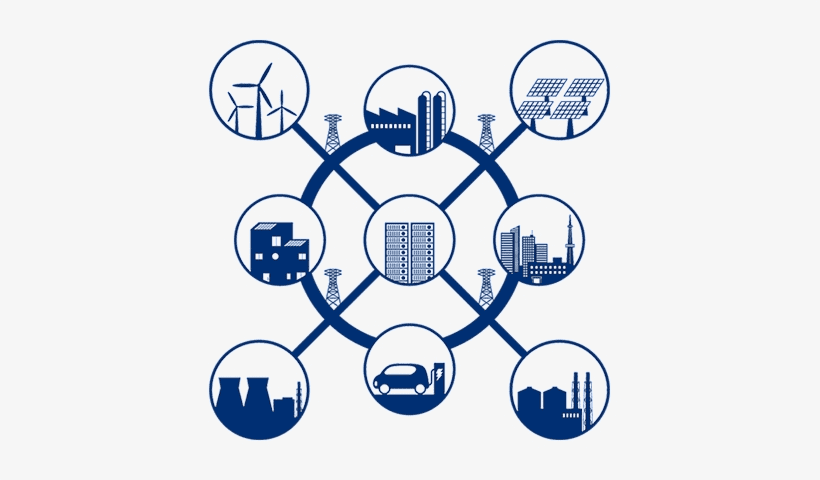IoT device remote management – the 2021 method for Linux, Rtos and Android
IoT devices, like Linux based, RTOS, Windows or Android may require a method to remotely manage and maintain them over the air, when the devices running in production.
Today’s 2020 IoT device management platform needs to have the capabilities of fully controlling the edge devices as they are here, in our lab.
This post can help you understand what remote IoT management capabilities you would need to have to feel confident with deploying IoT products. IoT products can be from a few different industries like agriculture, smart city, retail, smart energy, telecom, healthcare, logistics, smart manufacturing and many more. All, have the basic needs for remote management and maintenance, to ensure they work and function well at any time.

Going to production with our product, what tools and features would be needed when our IoT devices running in the field?
1. Separated software agent who will take care of the IoT device no matter what happens to the running application. While our application runs on the device, there may be bad cases where the app has a software bug or stuck from any kind of reason. To deal best with this situation, a separated agent has to be on the device, to be able to fix the device application remotely.
2. Basic management capabilities, there are a few important basic parameters that may help us understand the status of the IoT device at any given moment. showing if the device is online or offline based on keepalives from the edge device, basic resources values – current RAM, CPU and DISK usage, and the IP&MAC of the devices, as well as other basic abilities that may help us have a better “picture” of our IoT management.
3. Deploy OTA (Over-The-air) software update to the edge IoT device. This tool may help in cases where you would like to fix software bugs or deploy an upgrade to the currently running application. Those updates have to be fast and lightweight as possible to ensure minimal downtime, with a rollback mechanism in case something will break the update.
4. IoT device “grouping” ability. Our project may be divided into a few groups for our development devices that stay in the lab, productions devices that just deployed and running in the field and a few other groups based on areas, type of the product or any other parameter that can be defined by us – the product developers/owners.
5. Remote controlling in the case where we need to debug a device much deeper, a remote control tool would provide the option to send bash commands or fully control the device terminal.
6. Monitoring our IoT device application in real-time, we can use this kind of feature to understand better the status of the application, all remotely.
7. Monitoring application errors and alerts in real-time, we can use this kind of feature to understand better if there is an error from our IoT devices, as well as having the error message, to be able to debug the issue much easier.
Using those remote tools and features we can deploy our IoT devices with confidence to production. Having the ability to “watch” the product and be sure that it is running as it should. Using IoT management platforms can save the costs for possible recalls, customers angry and a lot of time.
Here at JFrog Connect IoT management platform, we provide all the needed tools for remote management, maintenance, and control abilities for your product, all with zero integration.



